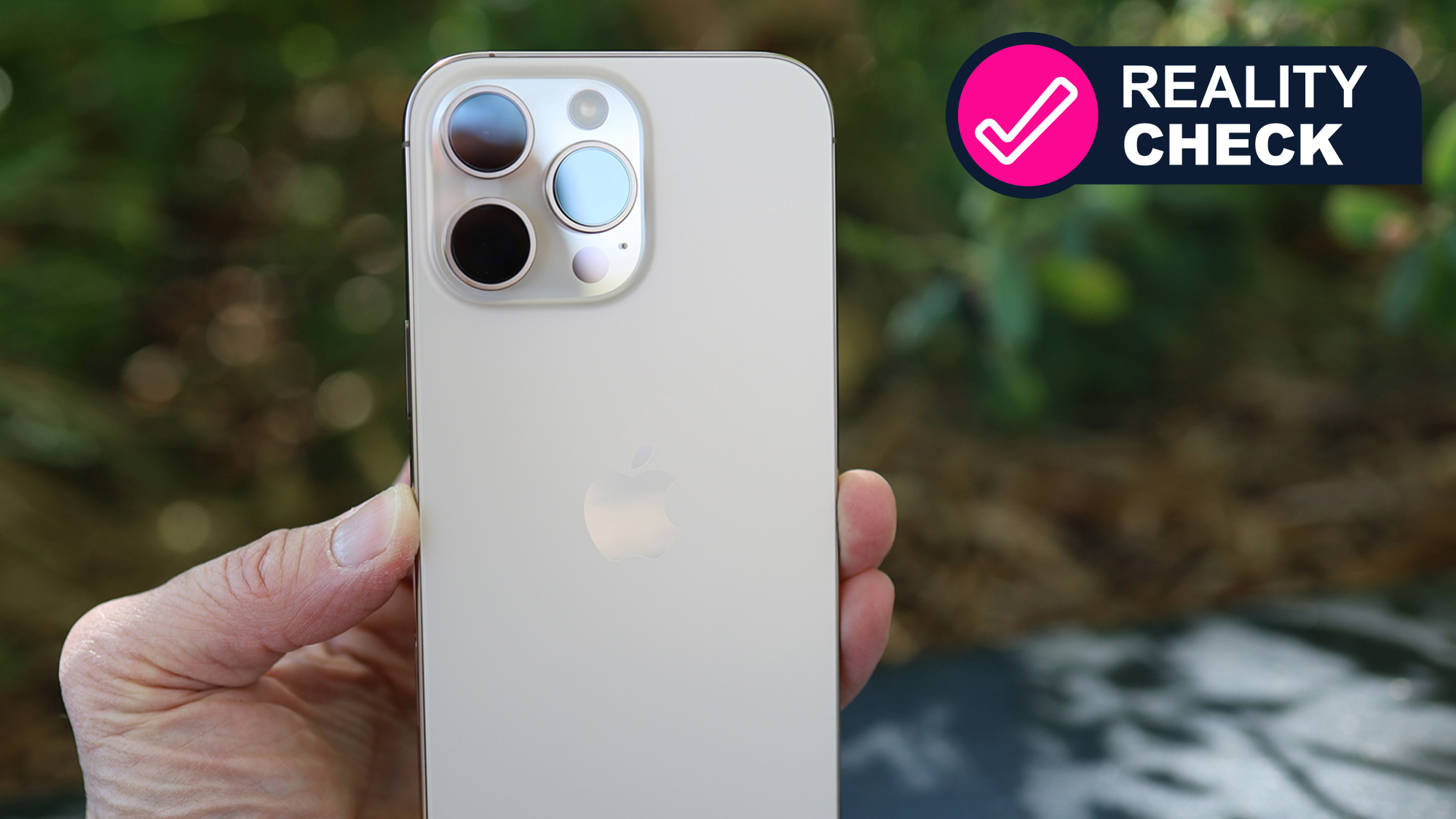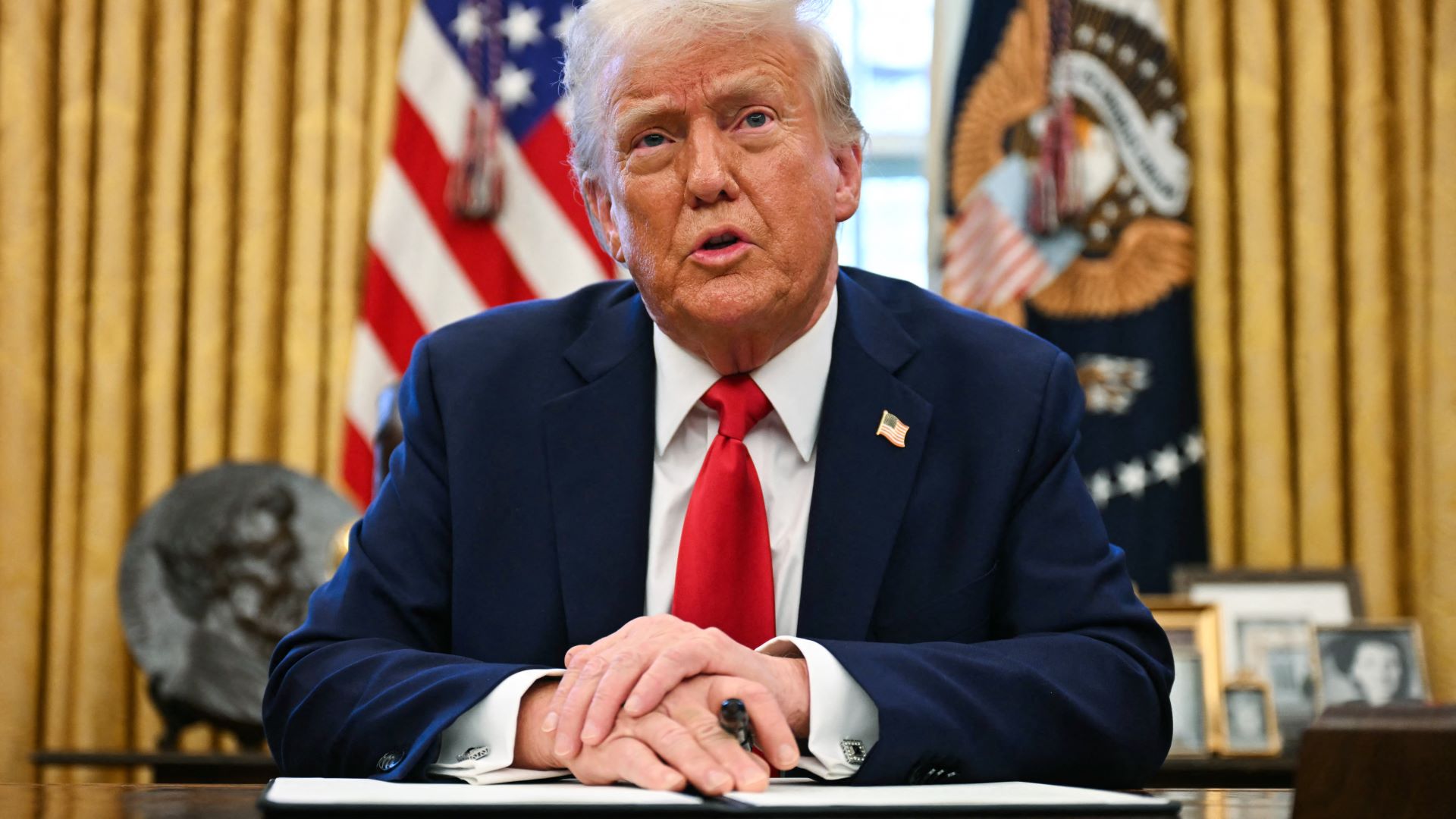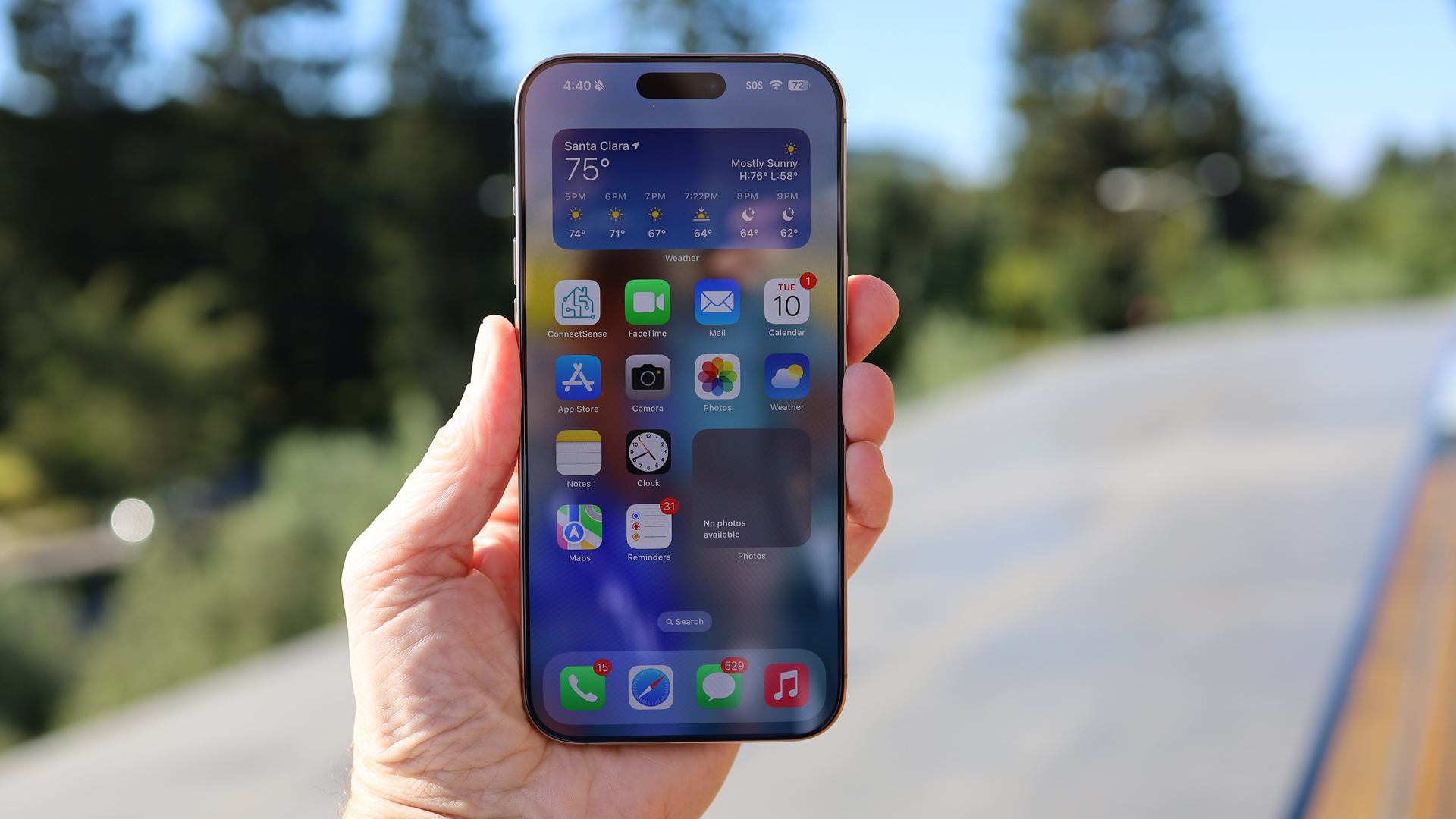‘Possible, but not probable': analysts react to rumors of a $2,300 iPhone after Trump tariffs
We check in with analysts for a balanced view

- Donald Trump has announced sweeping tariffs on imports from major US trading partners like the EU and China
- Speculators have suggested that the price of the iPhone could hit $2,300 due to the tariffs
- We checked in with industry analysts for a balanced perspective
Donald Trump has announced that the US will levy sweeping tariffs on international trade that will likely affect the tech industry – with some projections suggesting a $2,300 iPhone could be on the cards.
Trump's proposed tariffs, announced on April 3, will affect imports from a long list of countries including allies like Canada and the European Union as well as major manufacturing economies like China and Vietnam.
Across the tech industry, commentators and consumers are examining what this could mean for them, and as one might expect the news media and internet have lit up with speculation.
According to Reuters, projections from Rosenblatt Securities suggest that the price of a “high-end” iPhone could rise to $2,300 (approximately £1,800 / AU$3,800).
That’s a hefty price rise indeed, but it comes with a few very important caveats. That estimate seems to be based on the price of the iPhone 16 Pro Max with 1TB of storage, which at $1,599 / £1,599 / AU$2,149 is already the most expensive phone Apple sells. To attain a price of $2,300, Apple would have to pass on the entirety of the proposed 54% tariff levied against China to consumers.
Apple does manufacture iPhones in other south-east Asian and south Asian countries like Vietnam and India, though both of these countries have been hit with steep proposed tariffs too: Vietnam at 46% and India at 26%.
The reality: what industry experts are saying

So, are we likely to see a massive price hike for the iPhone? We checked in with industry analysts to get a balanced view.
Get daily insight, inspiration and deals in your inbox
Sign up for breaking news, reviews, opinion, top tech deals, and more.
Kate Leaman, chief market analyst at AvaTrade, told TechRadar: “The idea of a $2,300 iPhone grabs headlines, but it’s more worst-case than real-world. Yes, a 54% tariff on a $1,599 iPhone 16 Pro Max could technically push retail prices north of $2,400 – but Apple isn’t likely to pass the full cost to consumers.”
Leaman continued: “Apple typically absorbs 10-15% of shocks through margin compression and supply chain efficiencies. That means actual price increases might be closer to 20-25%. So we’re likely looking at a top-end iPhone maxing out around $1,900 by year-end.”
Leaman also notes that Apple’s pledged $500 billion investment in the US may lead the company to push for exemptions: “Apple is already shifting production to India and Vietnam, and with $500 billion invested in the U.S., it's expected to push harder on ‘Made in America’ exemptions. So, a $2,300 iPhone is possible, but not probable."
Nick Rakovsky, CEO of DataDocks, offers another balanced take, calling the prospect of a $2,300 iPhone “unlikely”.
Rakovsky told TechRadar: Unless we’re talking about broader inflationary pressure across the economy, Apple has every reason to avoid passing such a dramatic cost increase directly onto consumers.”
Continuing, Rakovsky said: “That said, all companies will feel some level of pain from these new tariffs – Apple included. The interesting question is how well each company can absorb or adapt to that impact. Apple, like the other tech giants, has been working to diversify its supply chain and make it more resilient for years now.”
Rakovsky also notes that Apple is keen to retain its market share and protect its brand perception, adding: “It comes down to pricing strategy, and few do that better than Apple”.
Noted Apple analyst and social media tipster Ming-Chi Kuo has also joined the conversation, noting in a post to X (formerly Twitter) that “85-90% of Apple’s hardware is assembled in China”.
China, as mentioned, has been hit with the heaviest tariffs at 54%, and Kuo adds that China is unlikely to be successful in negotiating this rate.
Kuo added: “India and Vietnam are far more likely than China to secure US tariff exemptions. Though the timeline is unclear, this would speed up Apple’s shift of assembly orders away from China until non-Chinese production can satisfy most US demand”.
Additionally, Kuo mentioned that high-end consumers may be more accepting of price increases.
The verdict: what this all means

Overall, the common threads from multiple analysts suggest that a price rise for the iPhone can’t be ruled out, but Apple’s efficient supply chain and ability to accept a smaller profit margin may be able to insulate consumers from the full effects of the tariffs.
This all means that a $2,300 iPhone seems like a fairly unlikely prospect at the time of writing.
Many other devices sold by Apple and other manufacturers are made in countries that are due to be hit by tariffs, but for now we haven’t seen much analysis focusing on these products and can’t comment on any potential pricing impacts.
If you want a refresher on the handsets in question, be sure to check out our iPhone 16 Pro Max review and guide to the best iPhones. We’ll have the latest iPhone news as we hear it via our dedicated iPhone coverage.
You might also like

Jamie is a Mobile Computing Staff Writer for TechRadar, responsible for covering phones and tablets. He’s been tech-obsessed from a young age and has written for various news and culture publications. Jamie graduated from Goldsmiths, University of London in 2024 with a bachelor’s degree in Journalism. Since starting out as a music blogger in 2020, he’s worked on local news stories, finance trade magazines, and multimedia political features. He brings a love for digital journalism and consumer technology to TechRadar. Outside of the TechRadar office, Jamie can be found binge-watching tech reviews, DJing in local venues around London, or challenging friends to a game of Super Smash Bros. Ultimate.
- Axel MetzPhones Editor
You must confirm your public display name before commenting
Please logout and then login again, you will then be prompted to enter your display name.